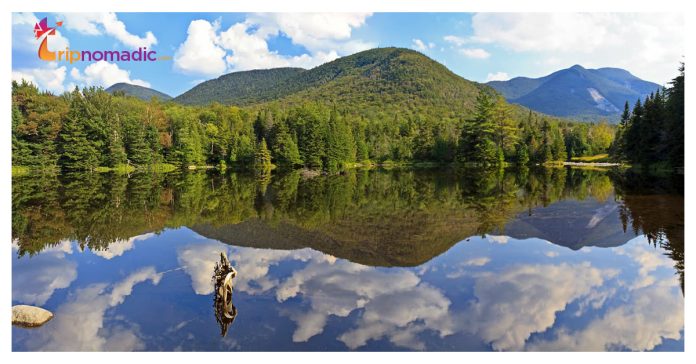New York state is full of stunning and historic mountain ranges. There are many places to visit in New York, and the mountains there can never be forgotten, The Adirondack Mountains, the Catskill Mountains, and a portion of the Appalachian Mountain Range are just a few of the most beautiful mountains in New York. New York mountains are accessible to hikers from most of the states and around the region, and there are plenty of more places where travelers can go for trekking and camping nearby, and there are many places in and around the state for fantastic day trips near the city. Seeing the summits of these famous mountains in New York, where they meet pathways like the Appalachian Trail and the Long Path is a must.
It is advised to confirm the most recent opening times for the restaurants and major attractions before you plan to visit there.
1. Sugarloaf
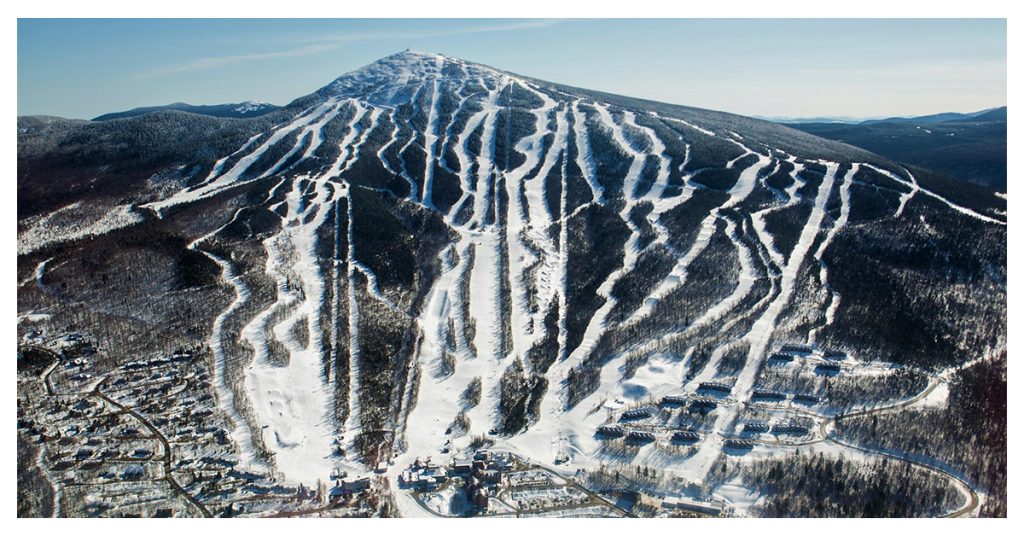
Sugarloaf is one of several mountains which are considered the highest mountains in New York, with the same name that is situated in Greene County, New York, along the mountain range and trail known as the Devil’s Walk. The Pecoy Notch Trail and the Mink Hollow Trail are the two routes that hikers can take to access the mountain’s peak, which rises to a height of 3,800 feet. Both of these mountain alternatives require challenging hikes with a class 2 component and an elevation gain of more than 2,000 feet. The Sugarloaf trail is a lovely climb with some interesting sights, such as an ancient stone quarry where hikers can locate large stone chairs. Camping is permitted at the Roaring Brook Trailhead, and the Mink Hollow.
2. Westkill
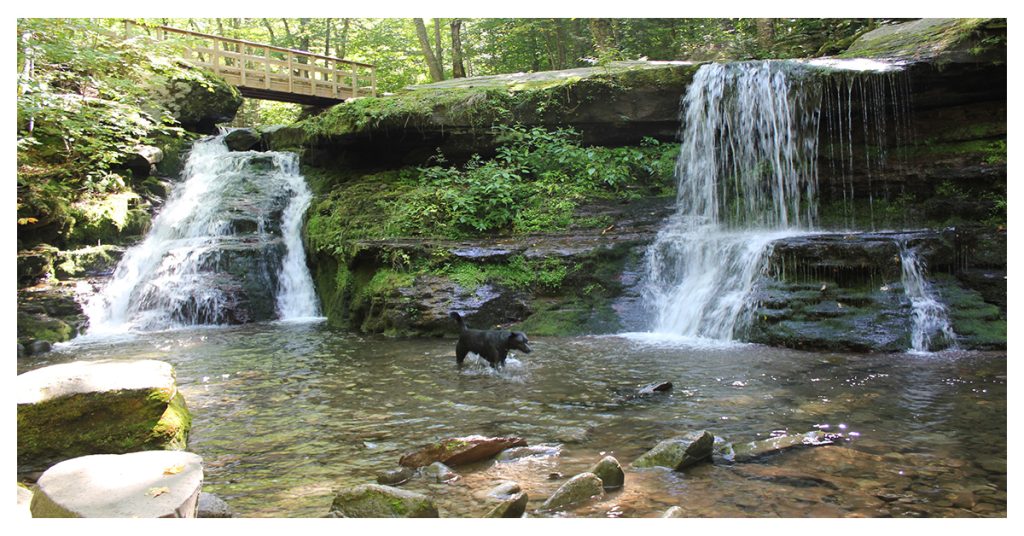
With a summit elevation of an astounding 3,880 feet, Westkill Mountain is the sixth-tallest of the Catskill 3500-ers. Hikers can still see the Blackhead Range, the center-highs, the Shawangunks, and the Hudson River from the trail despite the lack of a breathtaking vista at the summit. Several vantage locations offer these vistas, notably Buck Ridge Lookout, which is close to the summit to the east. Westkill Mountain, which is close to the trail’s western end, is the trail’s simplest peak and is located on the 25-mile Devil’s Walk. The trailheads for the Devil’s Way and Diamond Notch Trails give access to Westkill’s summit approaches.
Read More – TEXAS STATE TOURISM: Things to do in Texas
3. Blackhead
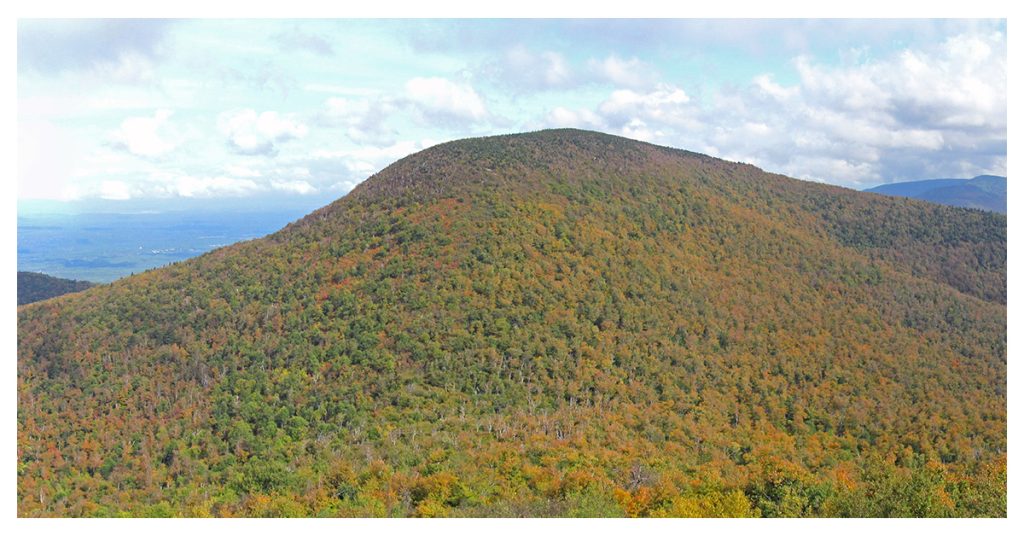
Blackhead Mountain is tied for the fourth-highest peak in the Catskill Mountains with a summit elevation of 3,940 feet. This sits the highest point of the historic Escarpment Trail in the Catskills, one of the very first marked hiking trails in American history. It is the highest point on the trail. There are several small outcroppings close to the summit of Blackhead Mountain that offer amazing views of the adjacent mountains and ranges, despite the mountain’s lack of a viewable peak. Big Hollow Trail and Barnum Road are two trailheads that offer varying lengths and levels of difficulty for hikers. The mountain can be reached from either of these trailheads. Camping is permitted both in the backcountry and at the Batavia Kill Lean-To as long as it is done at least 150 feet away from the route.
4. Pyramid Peak
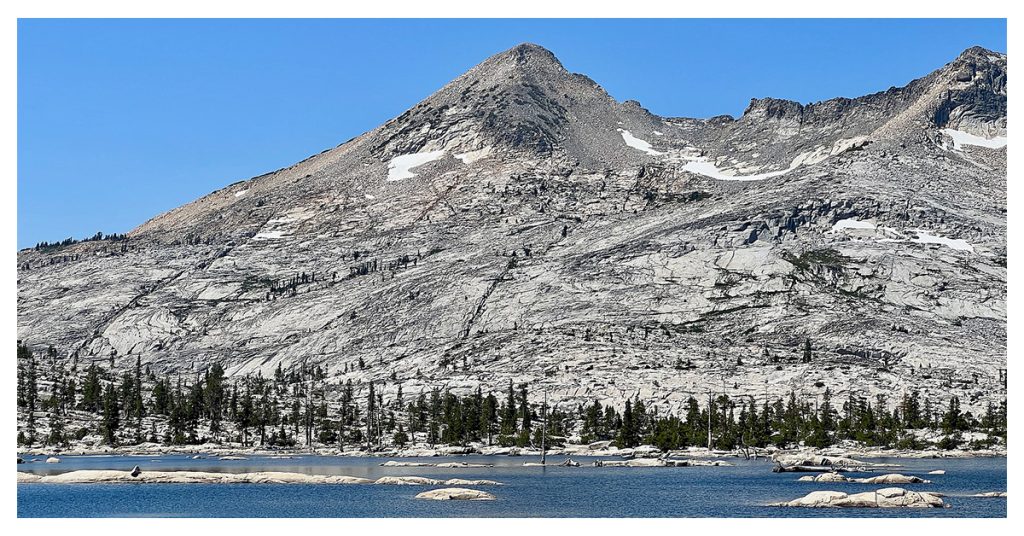
Pyramid Peak is not regarded as a mountain since it does not meet the standards of being at least 0.75 miles from the next highest peak or having 300 feet of prominence on all sides. Although being a subpeak of its neighbor, Gothics Mountain, Pyramid Peak provides some of the best views in the Adirondacks. Pyramid Peak’s peak is only 0.3 miles from Gothics Peak peak and rises to a height of 4,515 feet. St. Huberts and The Garden are the two main trailheads that can be used to reach Pyramid Peak’s top. Most of the hikes up Pyramid Peak will be overnight excursions. Because bear sightings are frequent in the High Peaks Region, campers must have a bear canister with them and be informed of all applicable laws and approvals.
5. Breakneck Ridge
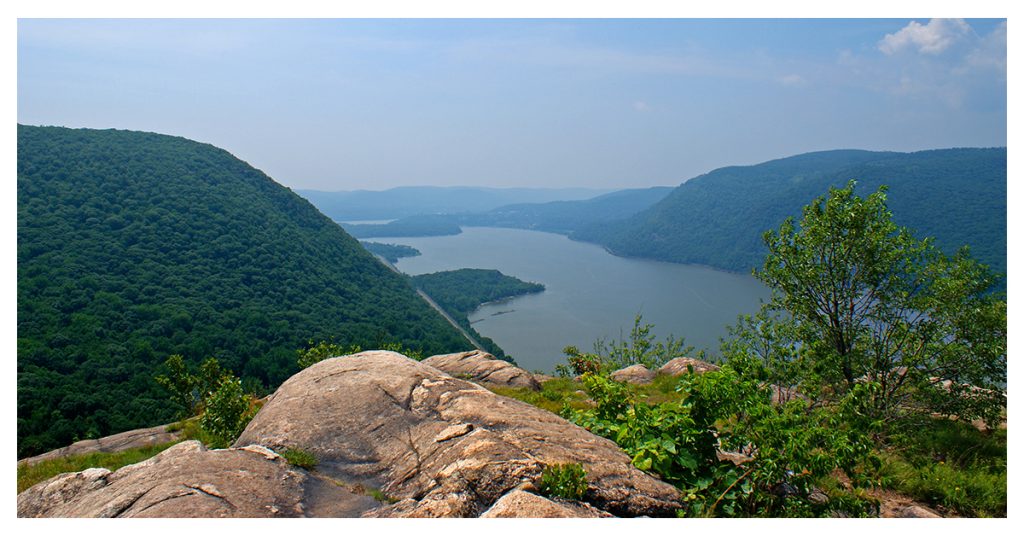
Breakneck Ridge can be rather crowded near the beginning of the trail, but as hikers ascend higher and higher, they will quickly find themselves in much more isolation and realise how the ridge acquired its name. Breakneck Ridge, which is a portion of the Hudson Highlands, is mostly made up of rocky ledges and outcroppings that were shaped by people while the stone was being quarried for buildings like the Brooklyn Bridge and the Albany State Capitol. Breakneck Ridge can be a difficult climb, but the trail is quite short, and the vistas of Mount Taurus and Storm King are well worth it.
6. Crane Mountain
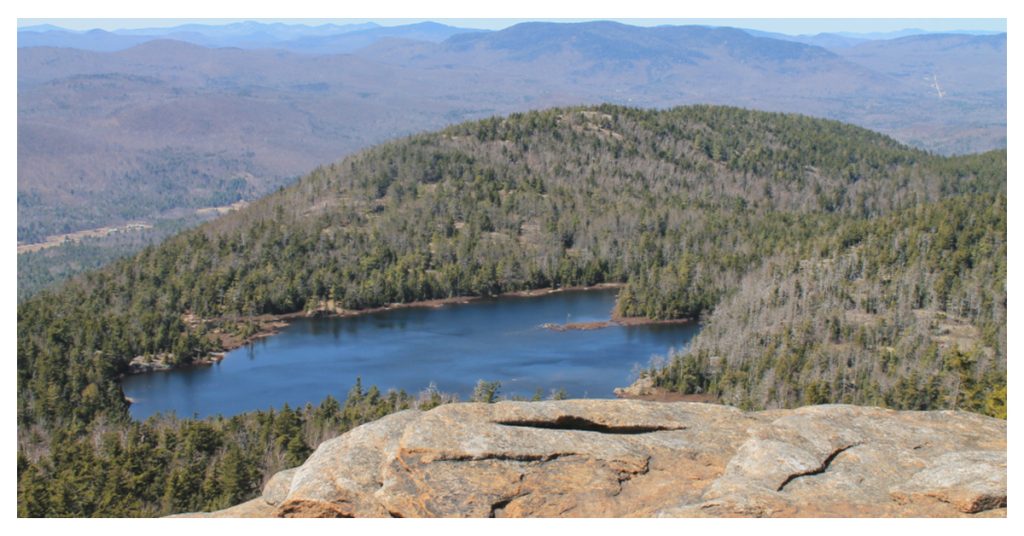
Crane Mountain provides hikers with a range of activities, from picking blueberries to relaxing by the pond, to experiencing a fun and interesting journey up one of its steep sides. The peak of Crane Mountain offers some breathtaking views, and the area is ideal for camping with a lovely pond that is always stocked with trout. The Putnam Trail, which passes the pond and several natural caves, is one option for getting to Crane Mountain’s peak. Another, shorter (1.4 miles), but more difficult, trip entails scrambling up rock fields and climbing a ladder. A variety of excursions are possible on Crane Peak.
7. Cornell
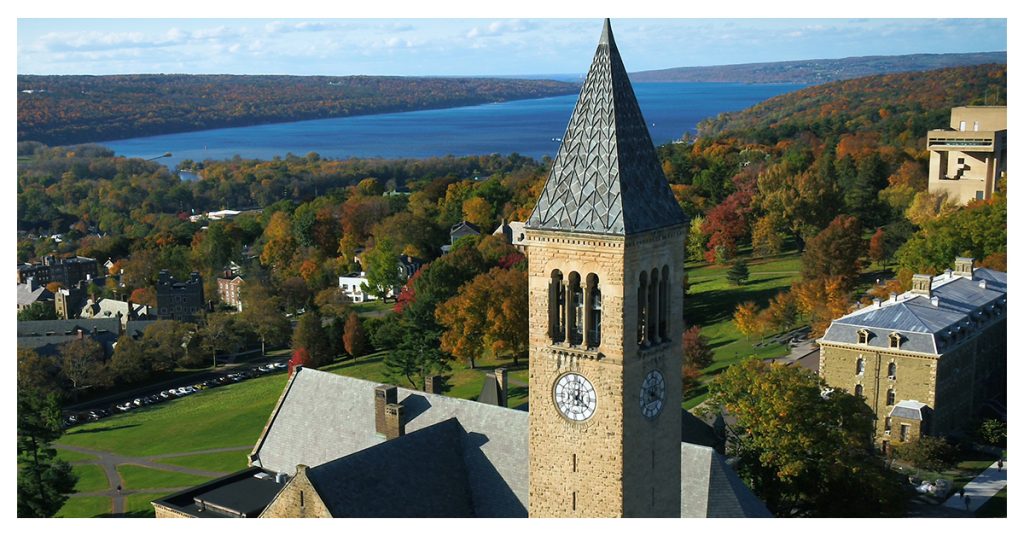
Cornell Mountain, which stands at 3,860 feet and is the eighth-tallest mountain in the Catskills, is a popular hike. While situated between Wittenberg and Slide mountains, Cornell Mountain provides breathtaking vistas of both of them; nonetheless, the views from the summit are not as impressive as those from the other peaks. Due to the proximity of the three mountains, many hikers choose to ascend two, or even all three, at once. The path for Cornell and all three mountains is the Wittenberg-Cornell-Slide Trail, commonly referred to as the Burroughs Range Trail. It may be hiked in a loop for a distance of 14.2 miles and is 9.75 miles long.
8. Storm King
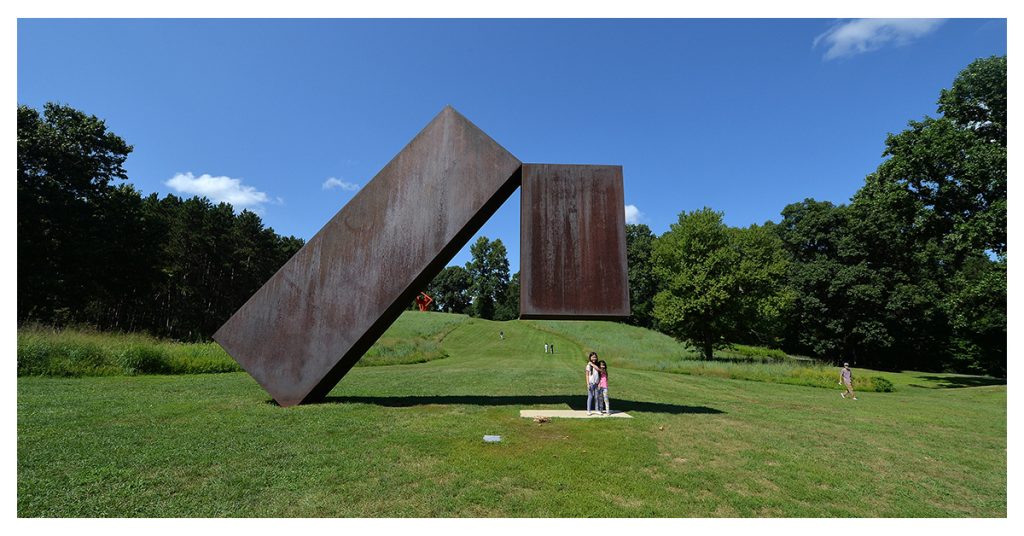
Author Nathaniel Parker Willis gave the Hudson Highlands’ Storm King its name in the 19th century after describing a massive peak draped in clouds as a storm’s precursor. Hikers are absolutely expected to stay on the paths at all times because artillery tests were done here in the middle of the 19th century. To get to the summit, there are many pathways, each varying in length and complexity. The only road that leads to Storm King is Road 9W North, and vehicles cannot reverse on this road. If visitors miss the entrance, they must take a detour through the nearby town of Cornwall-on-Hudson.
9. Eagle Catskills
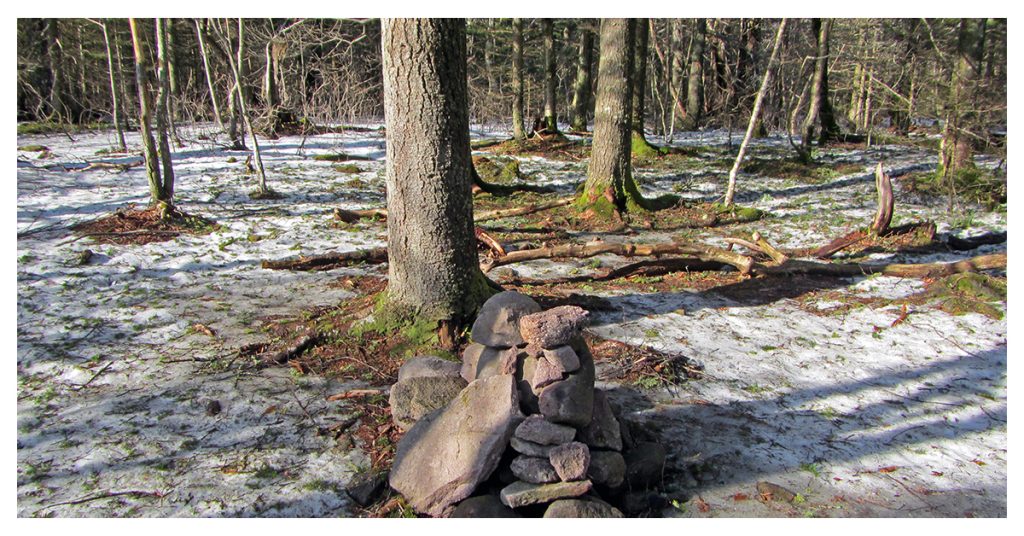
Eagle Mountain is a well-liked hike for hikers looking to join the Catskills 3500 Club and is located in the Big Indian Wilderness Area, one of the more remote areas of the Catskill Mountains. The Pine-Hill West Branch Trail allows hikers to approach Eagle Mountain’s summit; after passing a cairn, they can then take a brief, unmarked side route to the summit. The Balsam and Big Indian peaks, as well as two additional Catskill 3500 summits close to Eagle Mountain, are frequently included in hikes that start at Eagle Mountain. There are many lean-tos available for campers who want to spend several days trekking and enjoying the area.
10. Blue Mountain
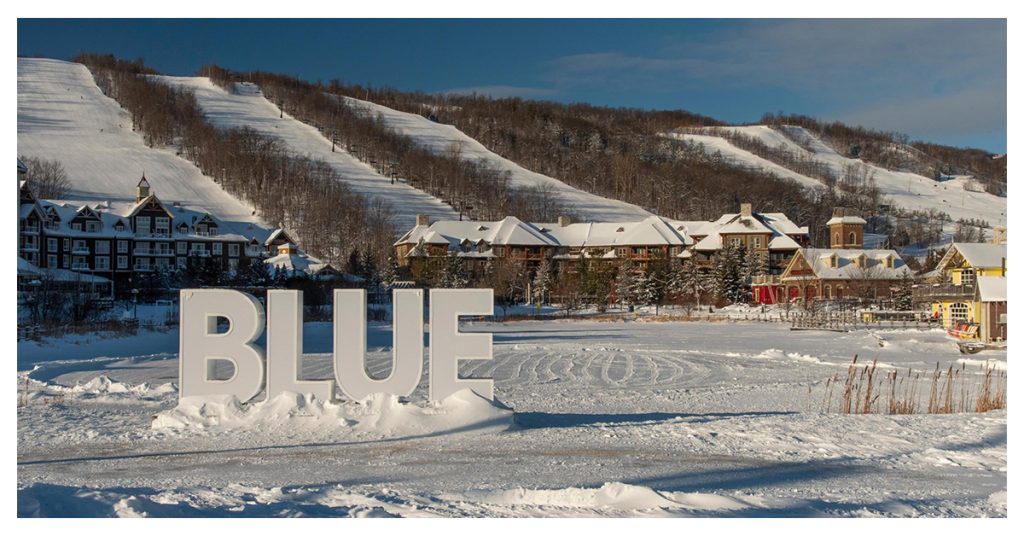
With a summit elevation of 3,760 feet and a location close to the Adirondack Museum, Blue Mountain offers some excellent Adirondack trekking. The climb is particularly well-liked because it is around 2 miles long, perfect for beginners, and has an elevation gain of about 1,550 feet. Inclement weather hikers should exercise caution as the trail is highly traveled and has suffered substantial degradation in certain areas. The primary trailhead for Blue Mountain is located at the crossroads of Routes 30 and 28N, about a mile north of Blue Mountain Lake. Backcountry camping is permitted on Blue Mountain, but it must be at least 150 feet from the route. The Blue Mountains allow its guest to carry bear canisters in the region.
11. Bear Mountain
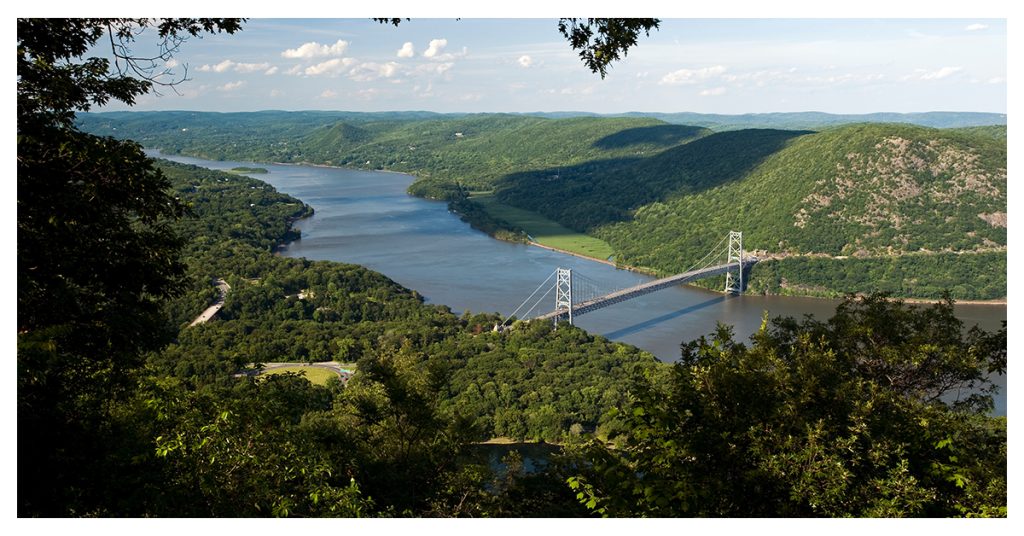
Just 45 miles from the hectic metropolis of New York City, Bear Mountain is a stunning climb with views of the Hudson Highlands and even the Manhattan skyline. The peak can be reached by both paved roads and hiking trails; parking inside Bear Mountain-Harriman State Park costs $6 per day. There are lovely and peaceful trails as, well, however, the majority of visitors drive to the peak. The two routes meet at Bear Mountain, where the renowned Appalachian Trail travels over the trail’s longest bridge, the stunning and historic Bear Mountain Bridge.


